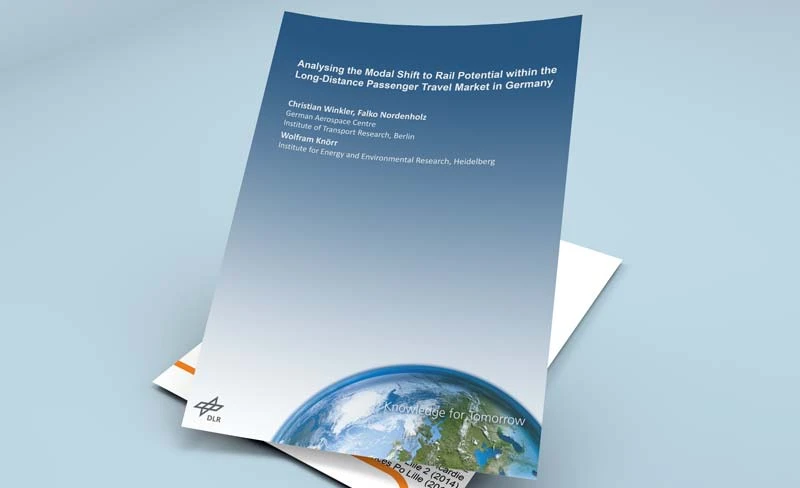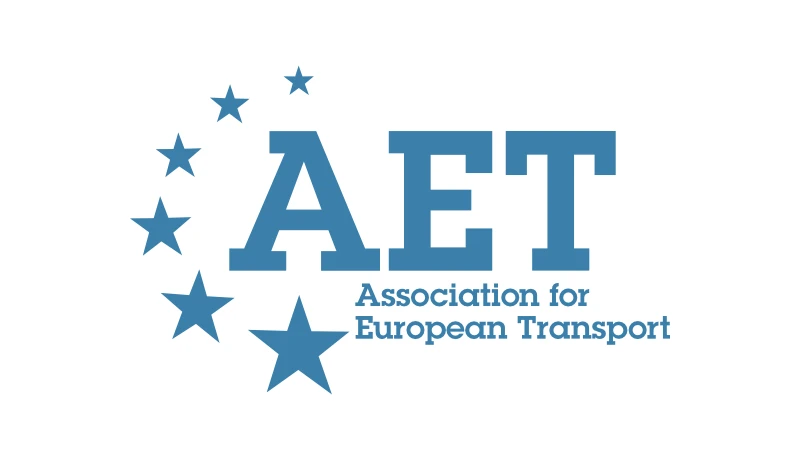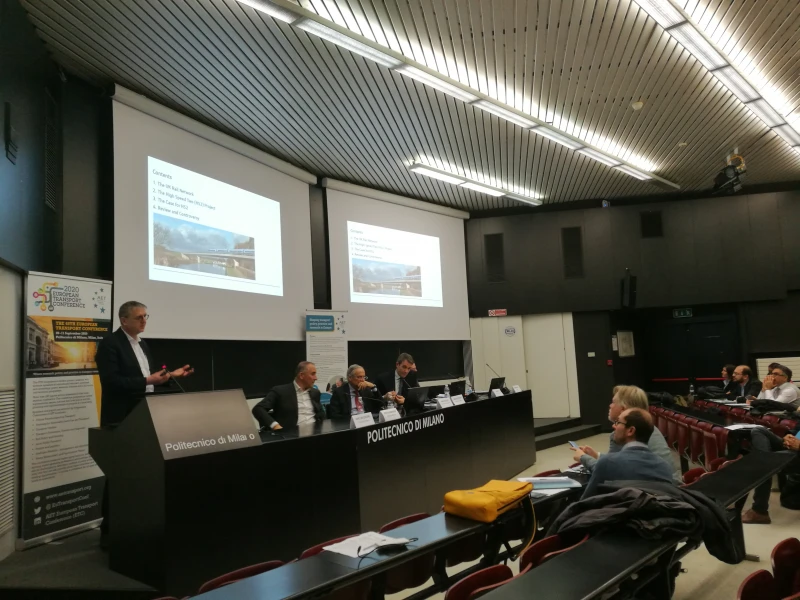-
Past ETC Papers

Browse, search and view papers from the past AET Conferences.
-
Members' Area

AET promotes networking and exchange of ideas, information and opportunities amongst members.
Conference Papers 2022
Milan, Italy
ETC Conference Papers 2022
A procedure for adjusting demand matrices for simulation-based dynamic traffic assignment
Seminar
Day 1 (7 Sep 2022), Session 3, MATRICES, 16:30 - 18:00
Status
Accepted, awaiting documents
Submitted by / Abstract owner
Michael Mahut
Authors
Michael Mahut
Short abstract
We present a method for dynamic adjustment of demand matrices for dynamic traffic assignment (DTA). The method is tested on several large real-world applications and shown to produce significant improvements in goodness-of-fit statistics.
Abstract
Simulation-based dynamic traffic assignment (DTA) has been motivated by a desire to introduce greater realism and fidelity for larger scale applications in order to better represent traffic congestion, to investigate impacts of complex traffic management and tolling schemes, and to fully capture the time-dependent nature of route choice and travel time along with other relevant metrics.
Calibration of a DTA model involves the adjustment of three distinct types of data: supply-side data such as traffic flow parameters, route choice parameters such as value-of-time, and travel demand matrices. Whereas adjustment of traffic flow parameters can be carried out fairly directly to reflect observed traffic data, and route choice parameters tend to be measured or estimated exogenously, matrix adjustment is a complex high-dimensional problem which cannot be addressed with simple procedures or rules-of-thumb. From a practical standpoint – given the typical quality of initial demand matrices – even once the supply-side data and routing parameters are verified and adjusted, goodness-of-fit statistics remain at a considerable distance from desirable target values. Thus, matrix adjustment plays a crucial role in the successful calibration of DTA models and is simultaneously the most complex part of this process.
In this paper we present a method for dynamic (time dependent) adjustment of demand matrices for simulation-based dynamic traffic assignment. The proposed method is structured as an iterative procedure, where each iteration includes a matrix adjustment step followed by a full equilibrium DTA run. The proposed method is intended for DTA models that strictly respect fundamental traffic flow properties, which can be summarized by the well-known relationship between traffic flow, speed and density (sometimes called the fundamental diagram of traffic). These traffic-flow properties are respected by microscopic traffic simulators and by most mesoscopic traffic models.
At a high level, the basic challenge with matrix adjustment for traffic-flow based DTA is the sensitivity of the model response to increases in "v/c” ratios for critical bottlenecks, as congestion can quickly spiral out of control, leading to cascading queues which can result in gridlock conditions. In this regard, successfully running multiple matrix adjustment iterations in sequence, each with a full DTA run, for relatively large, congested, real-world applications is especially challenging. This is not only because excessive congestion becomes very difficult to de-construct in terms of cause-and-effect, but also because gridlock conditions degrade the convergence of the DTA, which in turn degrades the quality of the data fed back to the matrix adjustment step for the next iteration. For models exhibiting significant levels of congestion, this process can lead to a progressive deterioration of DTA convergence and to a breakdown of the matrix adjustment run.
The key innovations of the proposed method revolve around the properties of traffic flow – such as strict flow capacities and the phenomenon of congestion spillback (blocking back) – and the resulting constraints they imply for the matrix adjustment problem. Some basic examples of these constraints are that congested volumes can be far below the theoretical capacity and thus well below observed volumes in uncongested conditions, and that volumes immediately downstream of a bottleneck cannot exceed the bottleneck capacity. Another key property of traffic flow is that operational capacity of a turning movement is ultimately flow (demand) dependent, and thus can be impacted by the demand adjustment process. These properties lead to complex non-local cause-and-effect relationships, as obtaining observed volumes may often require influencing the operational capacity (purely through demand adjustment) of bottlenecks that are upstream and/or downstream of the observation (data) locations.
The proposed matrix adjustment method was tested on a several real-world models that had gone through a basic level of calibration so that the supply-side data, including network coding, traffic control, and traffic flow parameters, were essentially verified. Several standard metrics were applied to evaluate the goodness-of-fit with the observed data, including both aggregate measures such as linear regression statistics, and disaggregate measures such as the GEH metric. The models were of considerable size both spatially and temporally, with varying levels of overall congestion.
The method was successfully applied across all the tests, consistently providing significant increases in goodness-of-fit statistics. Typical runs varied between 4 and 6 iterations, indicating practical run times. The proposed method has considerable value as practical tool for calibrating large, real-world simulation based DTA applications exhibiting significant levels of congestion.
Programme committee
Transport Models
Documents:
No documents yet.
Association For
European Transport
Forester House
Doctors Lane
Henley-in-Arden
Warwickshire, UK
B95 5AW
+44 (0) 15 64 793552
VAT number: 710 1866 64
Conference Supporters & Endorsers




Legal Entity
The Association for European Transport is registered as an Association ('vereniging') with the Chamber of Commerce for Haaglanden in The Netherlands under company number 27170096.
Built on Zenario




